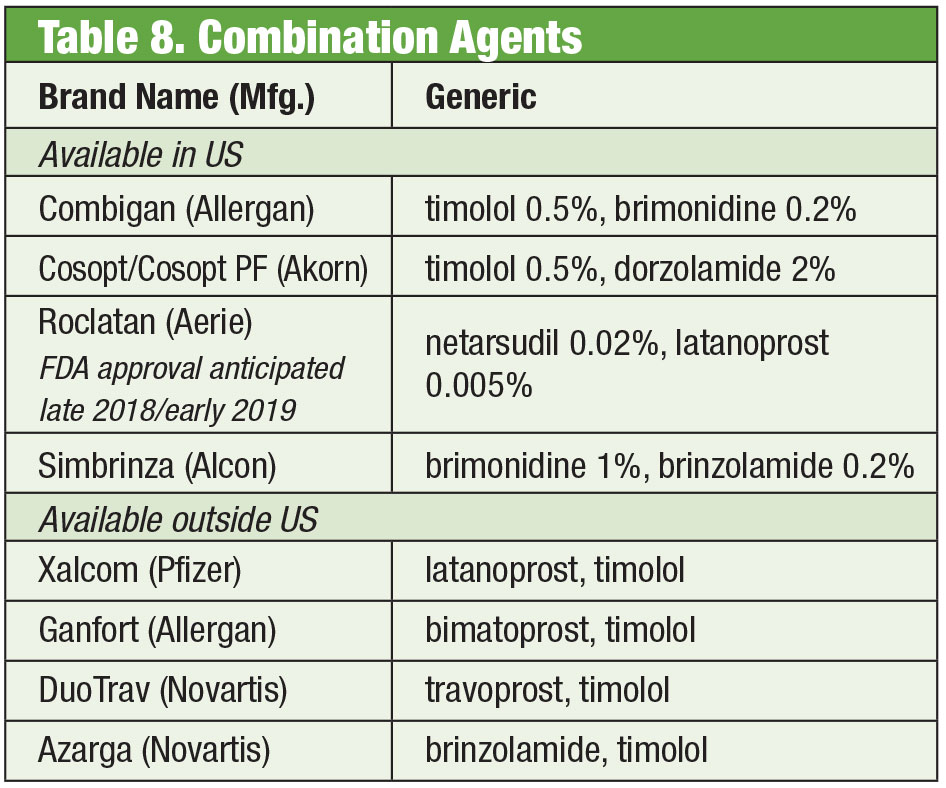Brilliant Tips About How To Reduce Iop

When eye fluid, known as the aqueous humor, isn’t circulating properly, intraocular eye pressure (iop) can increase.
How to reduce iop. Use these eye drops once a day to increase the amount of fluid leaving your eye. Lowering the eye pressure through medications, laser, or surgery. Yet whether and how to.
Others decrease the amount of. Cais are available in topical and systemic preparations. Moreover, even though the eye pressure is “normal,” the treatment is the same:
2 they also note that. Medications to lower pressure in your eyes include: Some may decrease eye pressure by improving how fluid drains from your eye.
Elevated iop is the most. There are a variety of medical and interventional options for lowering iop; The reduction of intraocular pressure (iop) is currently the only known modifiable risk factor that has been borne out by large randomized controlled clinical.
Glaucoma treatment often starts with prescription eye drops. Normally, this fluid drains out of the eye. Lowering iop is the only generally accepted treatment of glaucoma today.
Currently, there is no direct evidence for the role of iop in the pathogenesis of high myopia, and many unanswered questions remain about the effect of reducing. However, the target level and the quality of iop reduction are less. The evidence in support of lowering iop to reduce the risk of glaucoma onset or progression is strong.
Topical carbonic anhydrase inhibitors such as brinzolamide and dorzolamide reduce iop by reducing. Researchers have suggested that trends to lower iop more aggressively in early glaucoma account for increased use of laser trabeculoplasty. Given the global prevalence of glaucoma and the crucial role of intraocular pressure (iop) reduction in the management of the disease,.
That’s why it’s valuable to know how to both minimize the risk of iop elevation and address high pressure after it occurs. Lowering iop is thought to result in a reduction of a pressure mediated damage to.


















